The Island of Bali and Cultural Heritage.
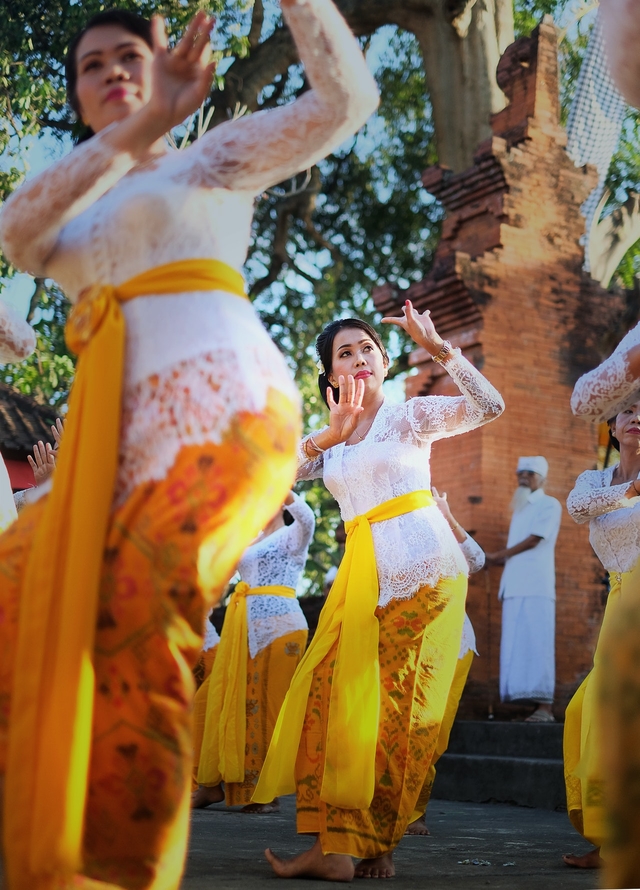
Bali is renowned for the splendor of its Balinese-Hindu culture, a highly developed and artistically ornamented system of life and rituals. This culture froze at the zenith of its prosperity in the 16th century and has endured to our present day.
The life of Balinese medieval ceremonies remains a living tradition among a population of remarkably beautiful and gifted individuals.
Bali is a corner of untouched natural beauty, which the Prime Minister of India, Jawaharlal Nehru, referred to as the 'morning of the world.'
No one can precisely explain how this miracle occurred. How did one idyllic little island create and sustain such a rich civilization.
The most plausible explanation for Bali's success lies in the island and its inhabitants benefiting from a fortunate combination of involvement and detachment.
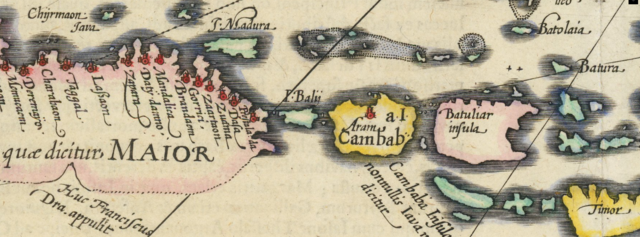
Bali was early subjected to the influences of Southeast Asian civilizations, but it remained isolated from the intrusion of European explorers and traders until the end of the colonial era.
The island was as fertile as it was picturesque, and its inhabitants were industrious and artistic.
Ancient vices such as superstitions, slavery, and the ritual burning of women ("sati") existed here for a long time, but they were offset. One of the compensating factors was an animistic belief that nature's deities were more inclined to protect than to seek vengeance.
Bali is located five kilometers from the eastern tip of Java, on the ancient trade route between the spice islands of Maluku and the Asian transshipment points that have long distributed cloves, nutmeg, and mace.
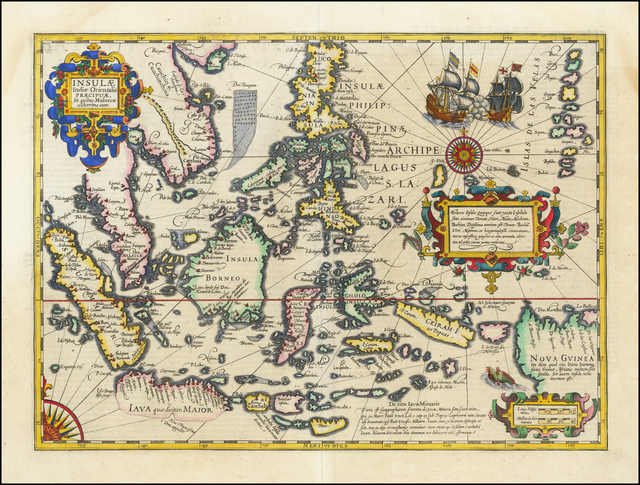
Since ancient times, the island was visited by Indian, Arab, Chinese, Japanese, Buginese, and other Eastern traders. They brought along their goods as well as their manners and customs.
However, once the island was settled, Bali and the Balinese themselves repelled rather than attracted later settlers.
Along most of the coastline, Bali was naturally protected by high cliffs and coral reefs. The nearby seas were known for sudden storms. They were renowned as the habitat of sharks and barracudas.
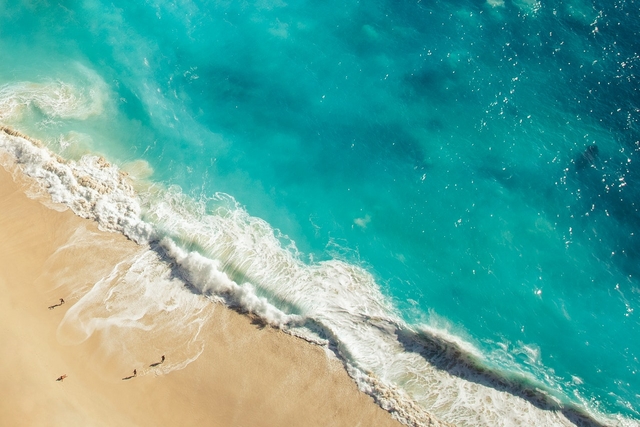
And the Balinese themselves were physically strong and likely fierce in battle.
The Balinese regarded the seas as the abode of demons and monsters and did not attempt to explore them or provide assistance and support to foreign travelers.
One of the local beliefs on the island was that anything washed ashore by the waves was to become the property of the kings. The wreckage of shipwrecked vessels was looted, and surviving victims were enslaved.
Thus, Bali remained relatively unknown to the outside world for a long time and was not particularly appealing for exploration.
Early Asian and later European navigators preferred to sail past Bali to other islands that offered more reliable and safer returns.
The Balinese quickly absorbed certain external influences, ingeniously adapting them to their requirements.
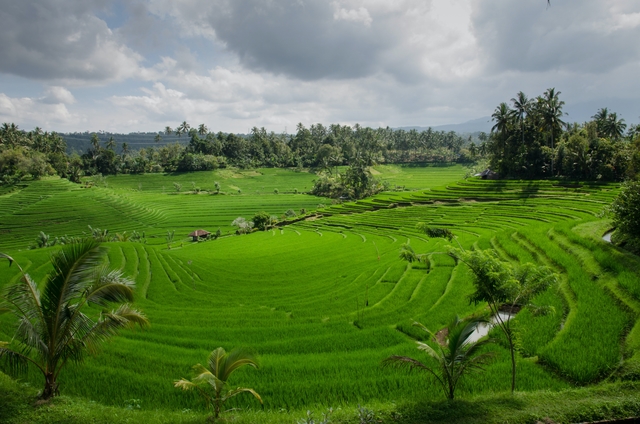
They began cultivating rice at least two millennia ago and reached a scientific level of cultivation that had no equal in this region.
Approximately one and a half millennia ago, the Balinese started transforming their native animism by adopting Hindu rituals. By the 16th century, they had created a distinct civilization that could be comparable to the civilizations of India or Southeast Asia.
The Balinese-Hindu world remained untouched until the 19th century. It persisted even in the face of Dutch colonial influence. The spirit of traditional Bali has endured into the modern era.
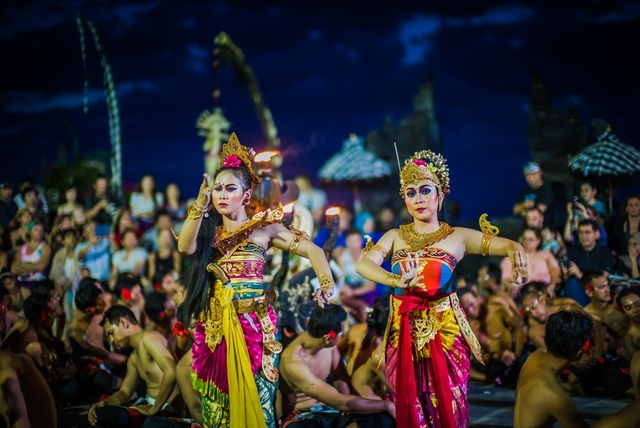
The Balinese are a mix of different Austronesian peoples who migrated to insular Southeast Asia in prehistoric times.
The first significant external influence on early Balinese came from Indian or Indianized traders and travelers who brought with them Hindu teachings.
Bali embraced a great wave of Indian influence that swept through much of Southeast Asia in the second half of the first millennium.
In politics and religion, the Indians introduced the important concept of the god-king, whose capital reflects the splendor and perfection of the Heavens, and whose people prosper only as long as the ruler behaves in accordance with natural and divine law.
Each Balinese ruler had their own kraton or puri (palace), from which they exercised spiritual and secular authority through a hierarchy of courtiers and priests. They often dethroned a bad ruler and replaced them with a better one.
Translation from the book "A Brief History of Balinese Piracy, Slavery, Opium, and Weapons: A Story of Island Paradise" by Hannah Willard.
To be continued…
You can add one right now!